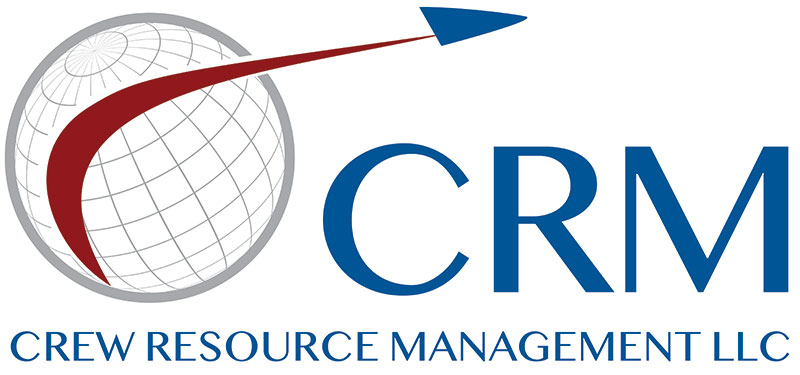At a time of burgeoning demand for experienced pilots and with the 15th anniversary of US Air flight 1549 upon us, it seems like a perfect time to reflect upon the importance of the adaptability of the human element in today’s complex aviation environment.
Reflecting upon human performance, we must always consider the impact of a time-constrained, high-stress and dynamic environment upon human attention, perception, information processing and decision making. In the case of US Airways Flight 1549, the simulation assessments made by the NTSB stated that an immediate return to the airport would have been required as soon as flight 1549 encountered the birdstrike in order to successfully reach a runway. This statement failed to consider any of the human factors, such as the startle effect or cognitive response times, that would inevitably play a part in such a scenario. Furthermore, this purely technical analysis didn’t allow any time for the development of situation awareness at either the individual or collective level and presupposes a complete and instantaneous understanding of the situation.
With hindsight bias it is easy to precondition our analysis to what could have been done in the situation, given that we have all the information readily available, have no time pressure nor the stress of a life-threatening situation. Any one of these factors, let alone in combination, greatly narrow attentional capacity, and limit both working and long-term memory recall leading to the potential pitfall of cognitive tunnelling. It is truly remarkable that Captain Sullenberger was able to cognitively assess the situation, start the auxiliary power unit (APU), take manual control of the aircraft and call for the “loss of thrust in both engines” checklist – all within 18 seconds from impacting the birds (NTSB, 2010)! Not only did Captain “Sully” illustrate an expert level of situational awareness, he also expertly and methodically demonstrated the age-old adage of “aviate-navigate-communicate” – and manage!
Endsley (1999) defines situation awareness as “the perception of the elements in the environment within a volume of time and space, the comprehension of their meaning and projection of their status in the near future”. Within a very short period, Captain Sullenberger perceived cues, assimilated their meaning and projected their significance within the volume of time and space in which he was operating. It is suggested that only experts can make these rapid leaps between “states of knowledge” based on prior experience and is a perfect example of “recognition primed” decision making (Salas & Maurino – 2010). This minimises the cognitive effort required, mitigating the effect of stress on attention and memory, allowing situation awareness and decision making to occur rapidly, highlighting the remarkable adaptability and importance of the human element.
In rare events like that which occurred to Flight 1549, an experienced and well-trained crew is the deciding factor in time-critical situations. Ironically, in order to truly appreciate the importance of the human factor and avoid falling prey to our own cognitive biases, we ourselves must remember to consider all aspects of the human element when we look back and reflect on such events.

Chris Wilson has a well established background in aviation, holding a master’s degree in Aviation management and over 13 years of flying experience, including a variety of Airbus and Boeing aircraft.

